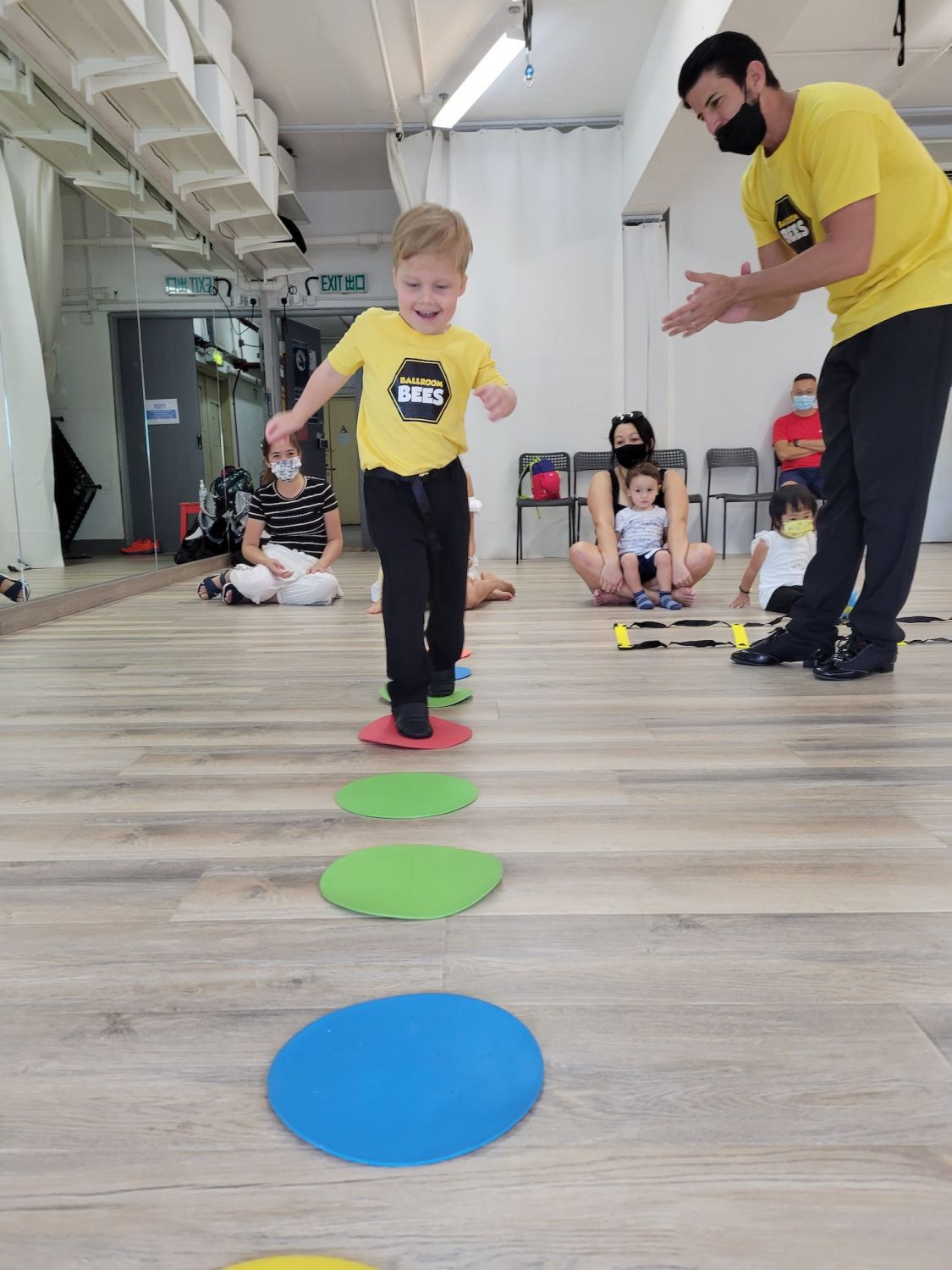A veteran of ballroom dancing competitions and TV shows, Virshilas has found her calling: to break down gender stereotypes with her BallroomBees concept that makes dance more accessible and inclusive for kids in Hong Kong and beyond
Katya Virshilas grew up dancing, as did her husband Klaus Kongsdal, a former World Champion. So once they settled in Hong Kong in early 2017, it was only a matter of time before they started seeking out dance classes for their sons Alexander and Marcus, now 6 and 4.
When she took Alexander for a dance class in a prominent local studio, Virshilas recalls being taken aback by how dance was presented. “Everything was centred for girls and pink—filled with tutus and butterflies,” she says. “The moms told me I was in the wrong place after I asked them for props for my boys. It’s completely 1950s! Girls should play more sports and boys should do more dance and arts.”
This conviction ultimately inspired Virshilas to start her own programme, BallroomBees, which takes a more accessible and inclusive approach. Kids learn agility, gross motor skills, self-respect, and how to interact with their peers as partners while following high-energy exercises and games rooted in the core principles of ballroom dancing.
Below Virshilas reflects on her professional dance days, her ambitions to expand BallroomBees across Asia, and how she is changing the concept of masculinity one parent at a time.

How did you get started in ballroom dancing and what were the benefits for you?
I took my first dance class in Lithuania and then we quickly moved to Israel where I danced in my aunt’s school (she was a ballerina). It wasn't until I was 13 that I took my first ballroom and Latin class after seeing the Ohio Star Ball dance competition on TV in Vancouver. I was mesmerised and told my mom that's what I wanted to do. I hated my first class, though. My mom actually had to bribe me 50 dollars to come back. The teacher said I was too old to start and that I would never have a career in dance. I decided to prove him wrong.
Benefits in the beginning were, of course, to keep me busy and out of trouble as a teenager. My mom picked me up from school and drove me to training and then I would do homework in the car on my way home. I realised the immense hard work one must put in—it's not all glitz and glamour.
What are your proudest achievements from your professional ballroom dancing days?
I was the youngest British Columbian champion at 16 years old in Vancouver. I competed for many years, winning prestigious competitions around Canada and the world as well as placing in the top 20 at the World Championships.
While training in my studio in Vancouver, I walked in to see Jennifer Lopez being trained for her upcoming move Shall We Dance with Richard Gere. I knew the teacher who was training her and he said, “there is a small perfect role for you to play as Stanley Tucci’s dance partner.” I read for the part right on the spot and a month later, while I was in Blackpool for the British Open, I found out that I got the role. One of my biggest roles was opposite Antonio Banderas in the movie Take The Lead. I played Morgan and danced a very feisty tango with Zorro.
See also: A Look at the Growing Voguing Scene and Ballroom Culture in Asia



